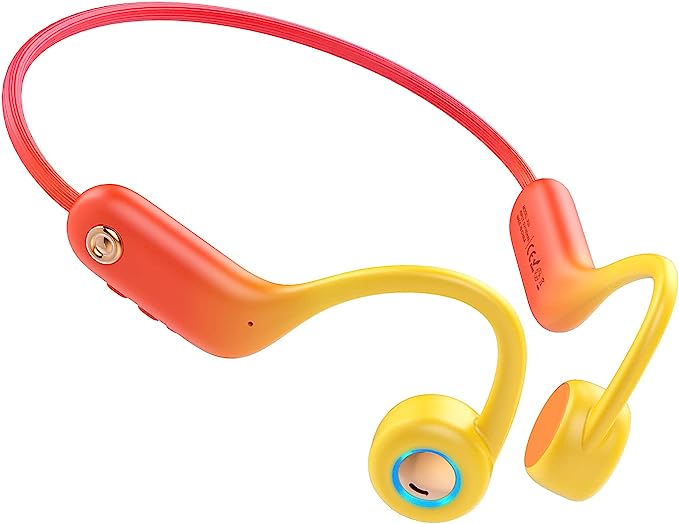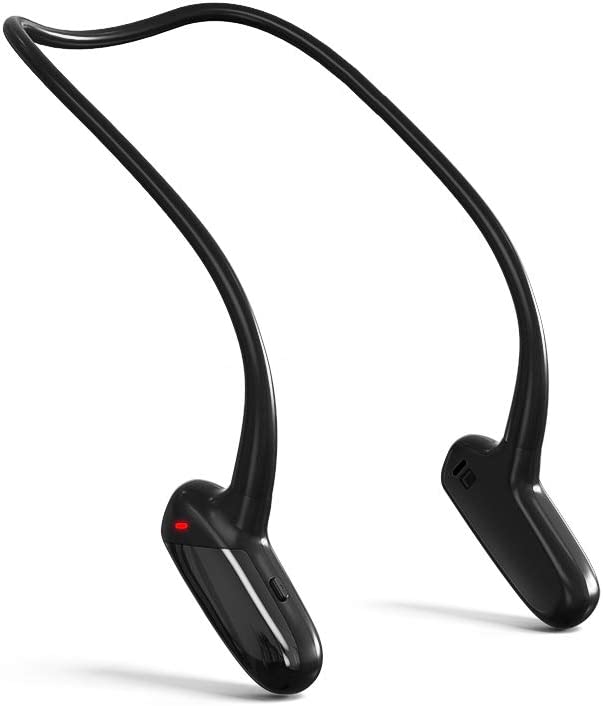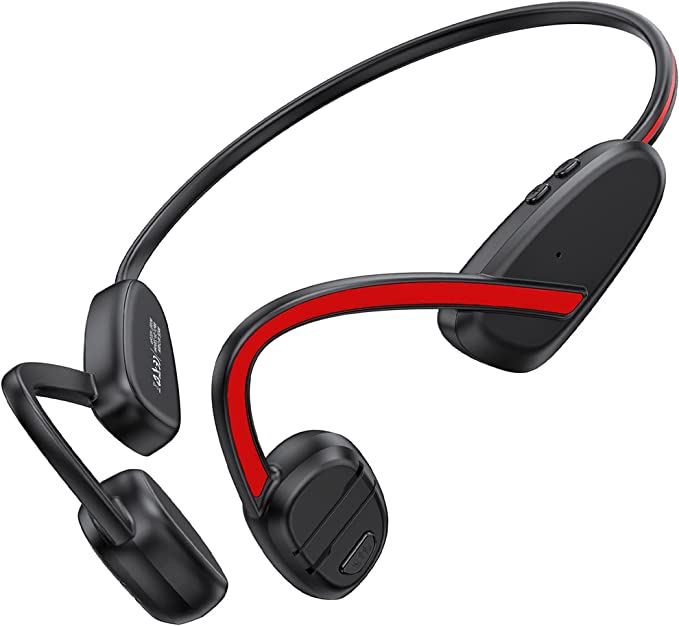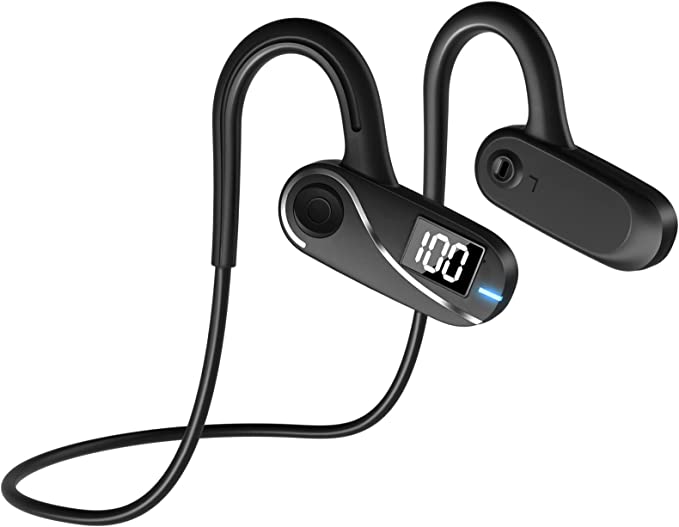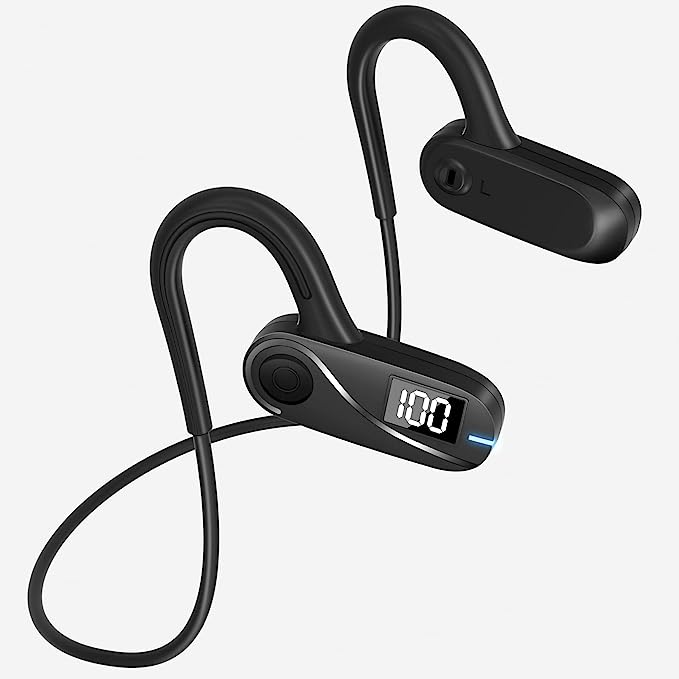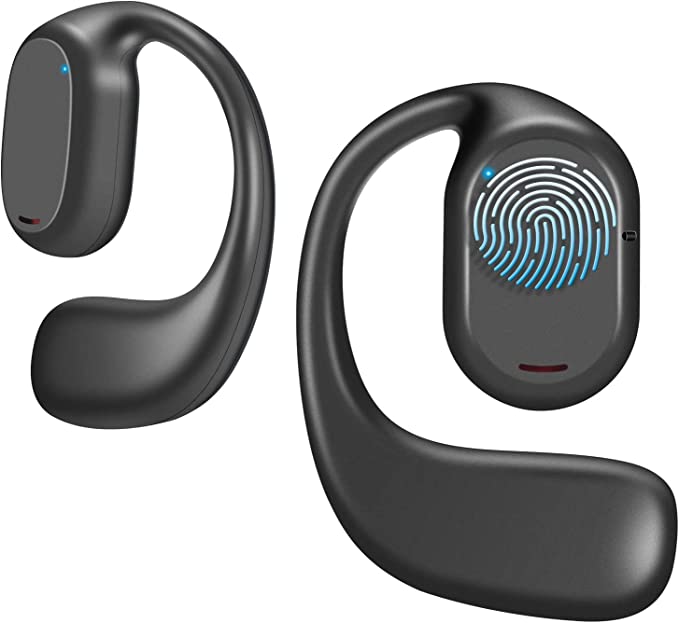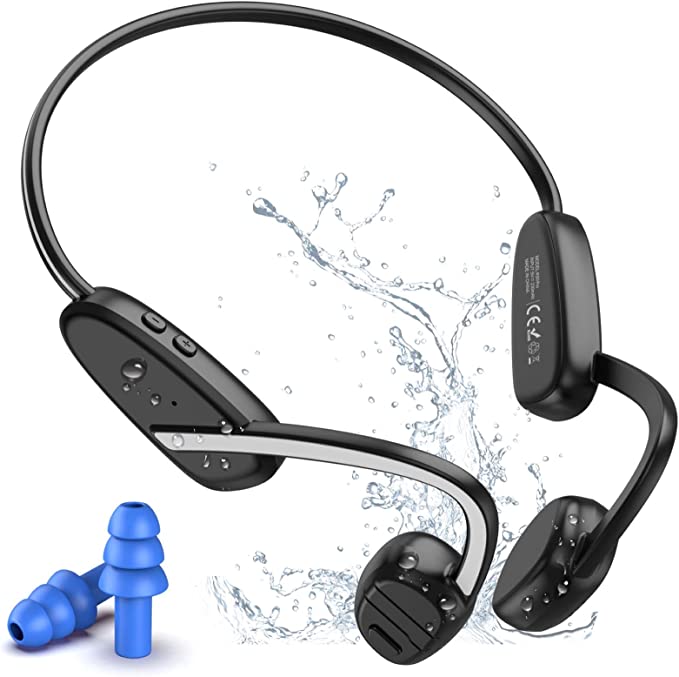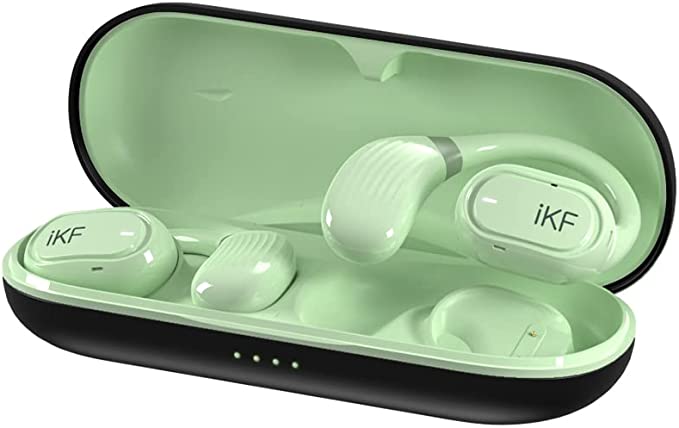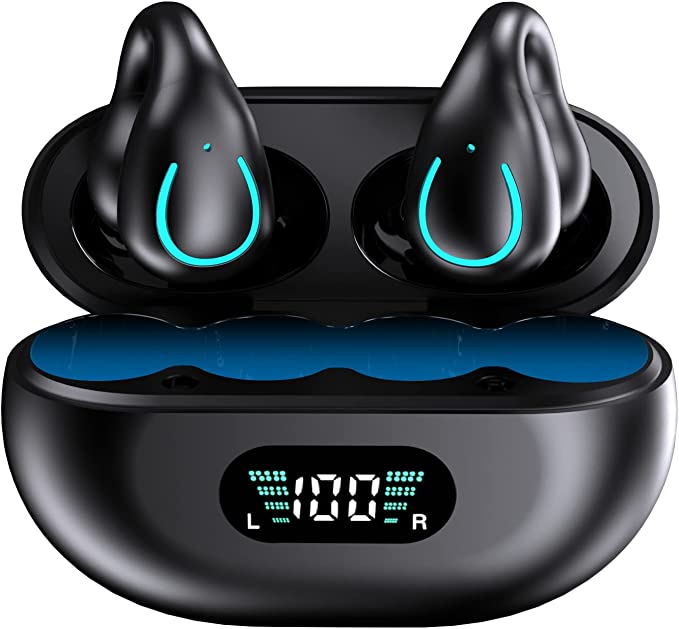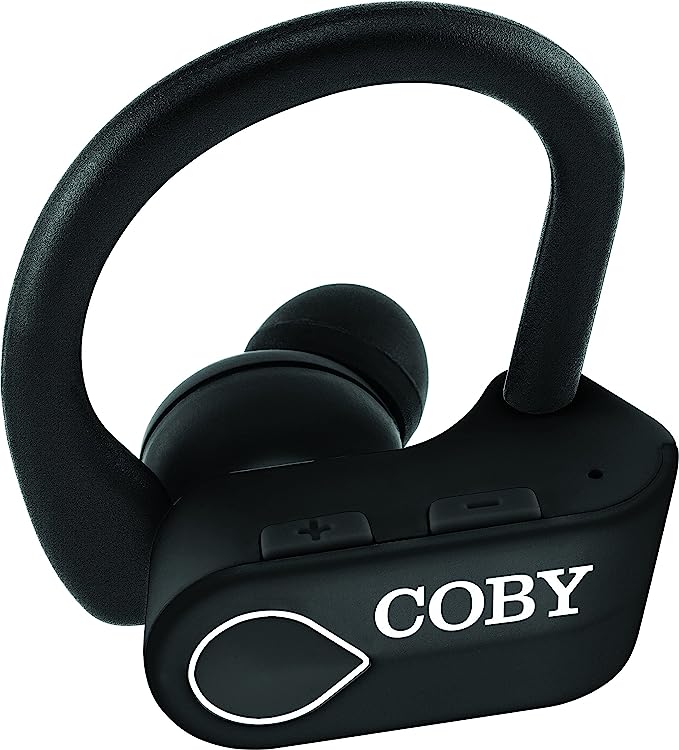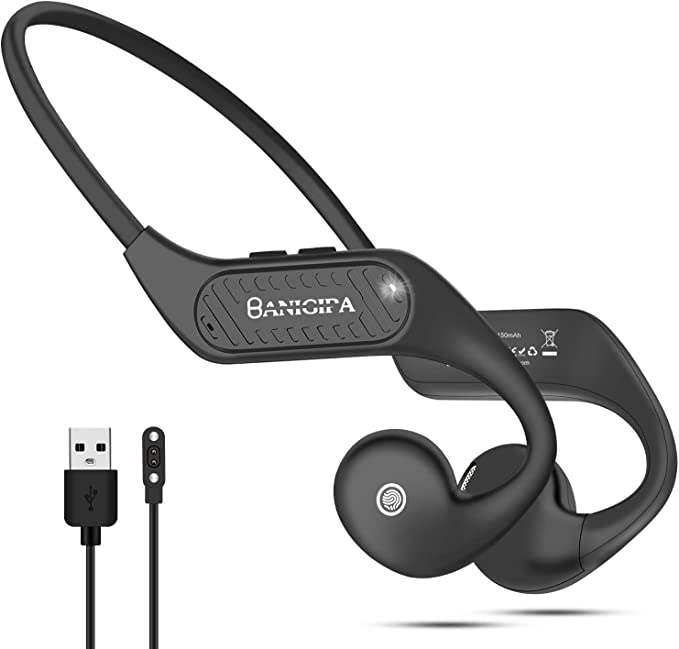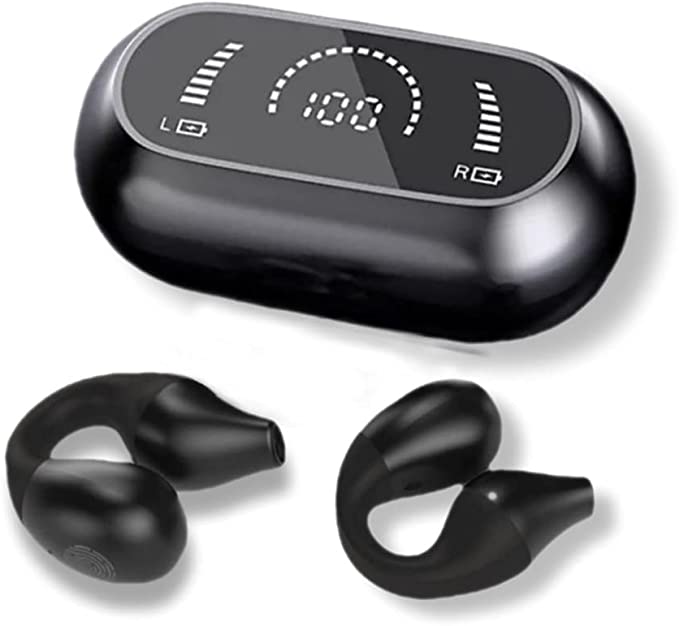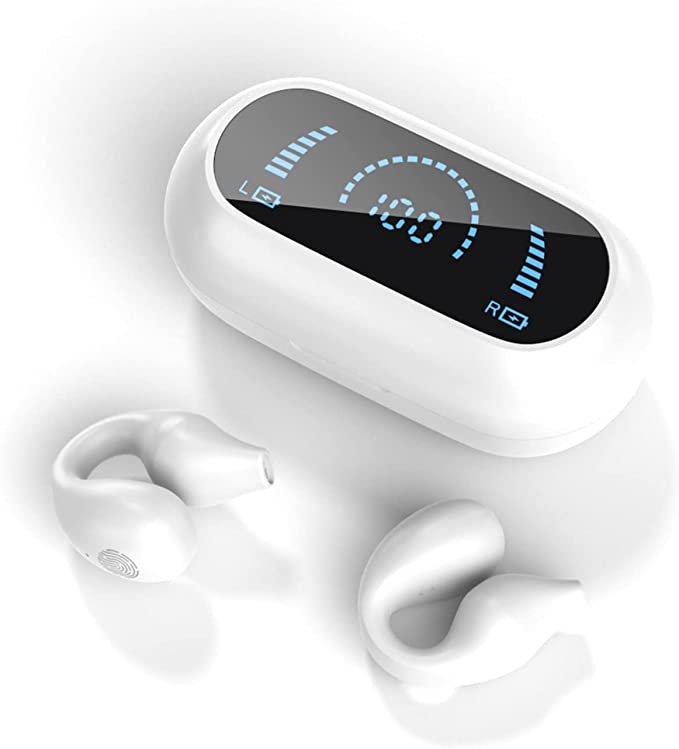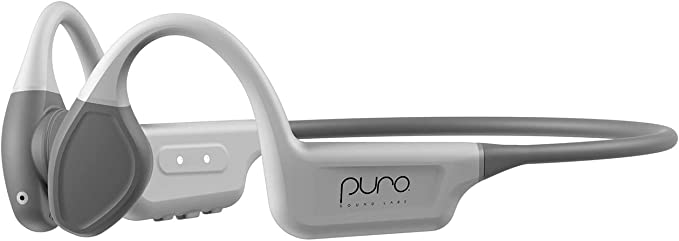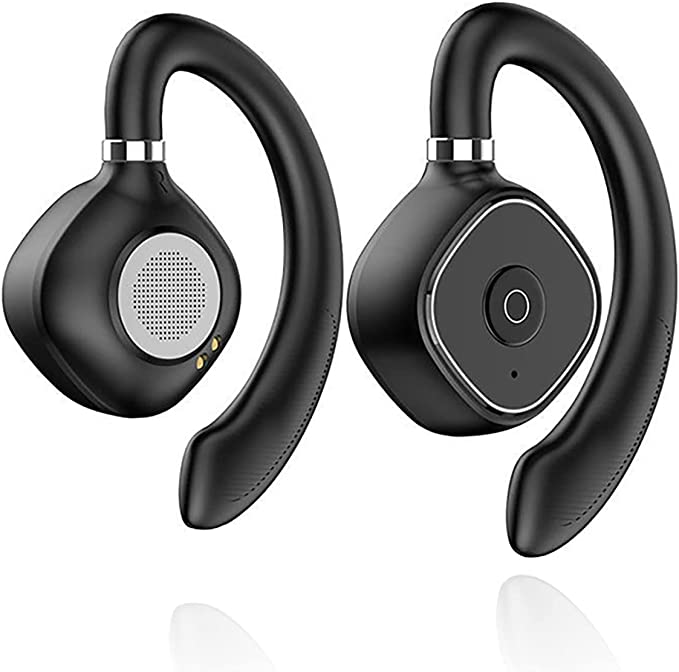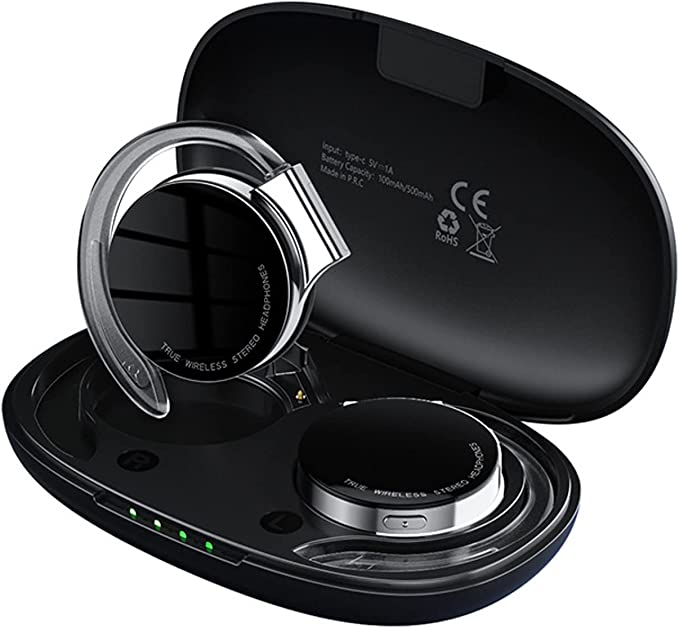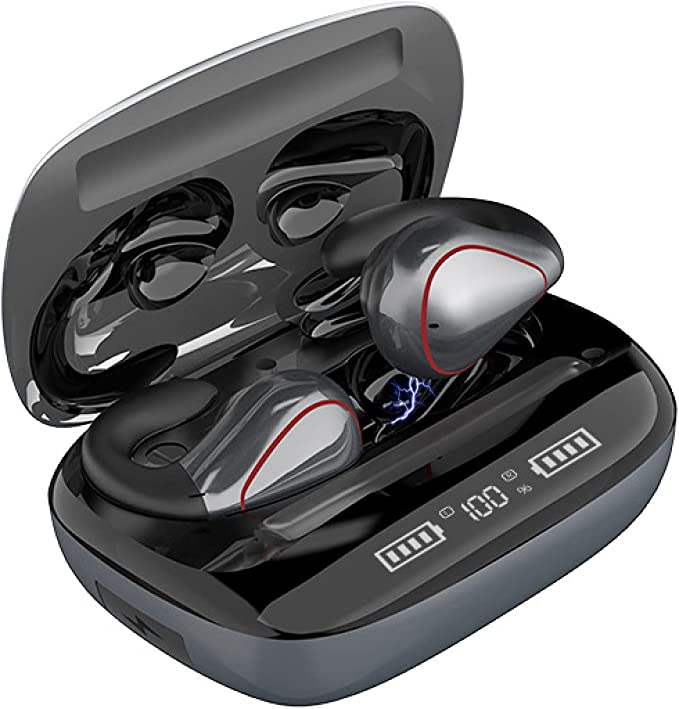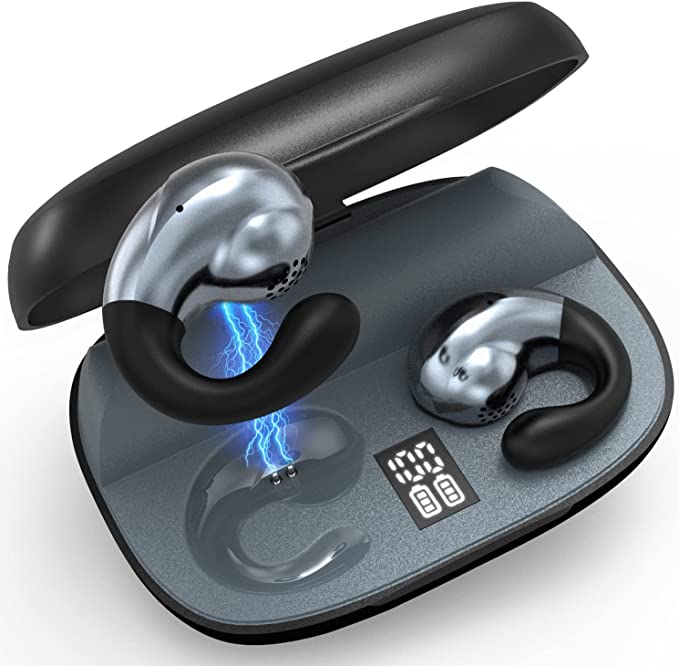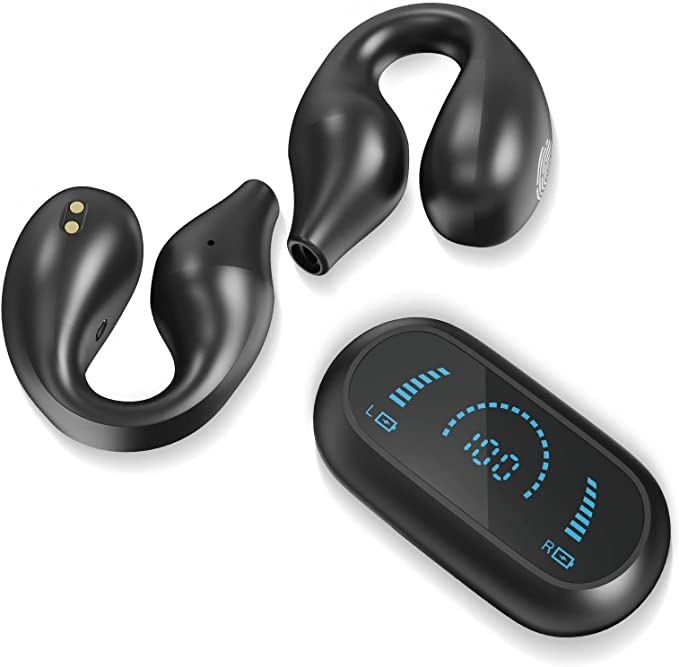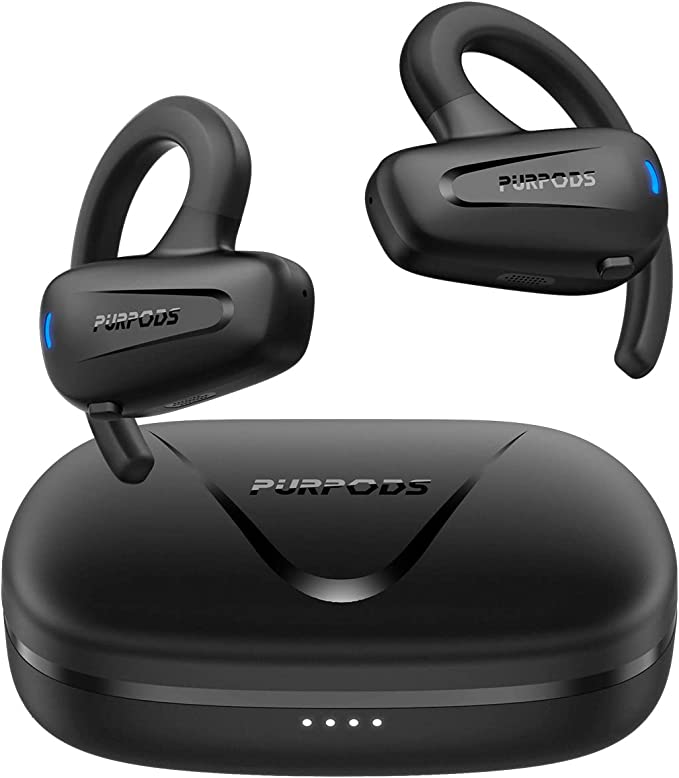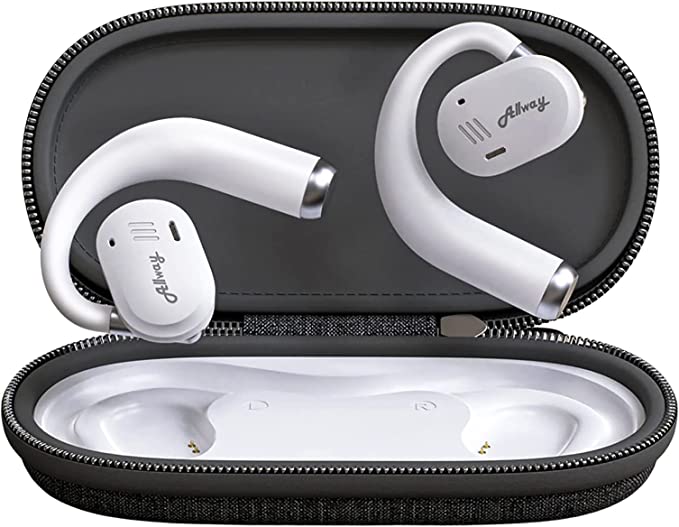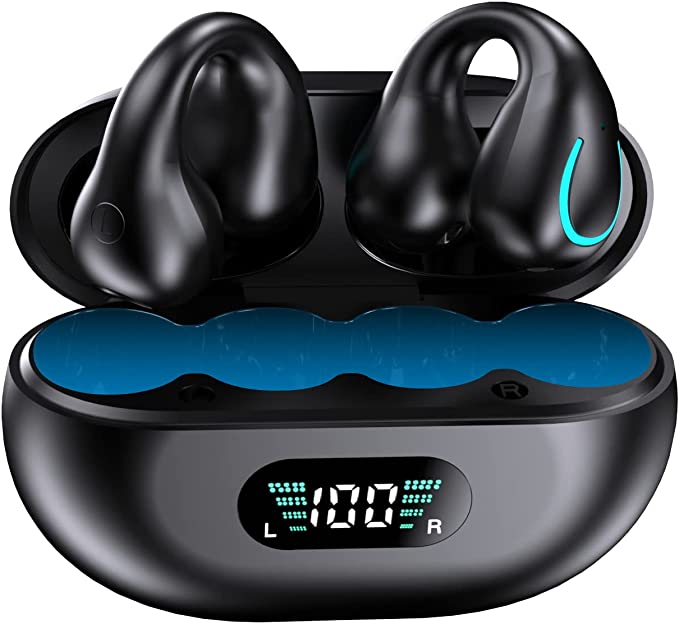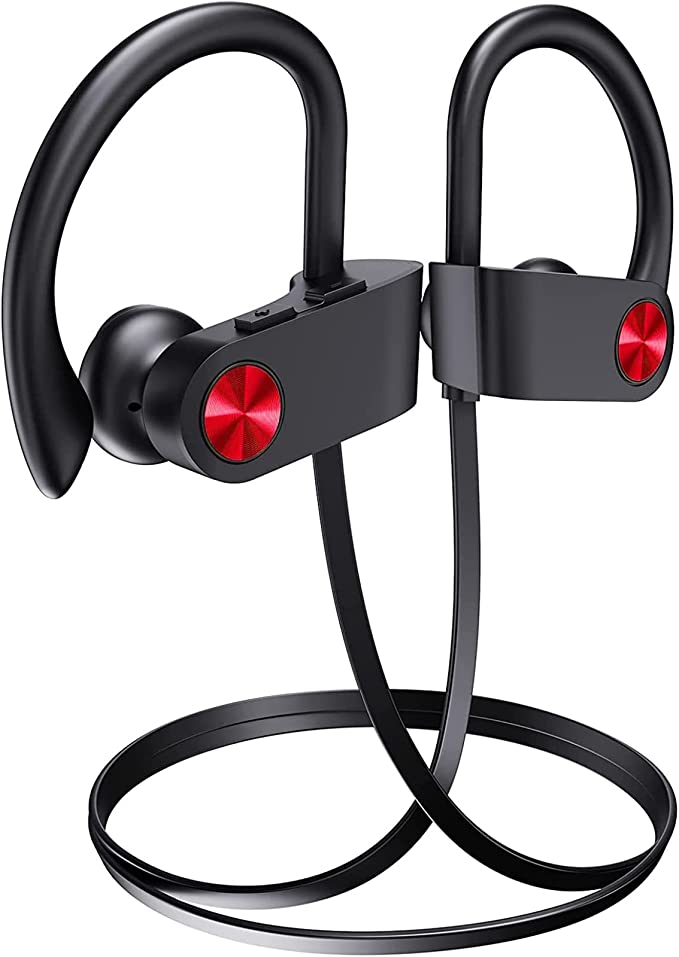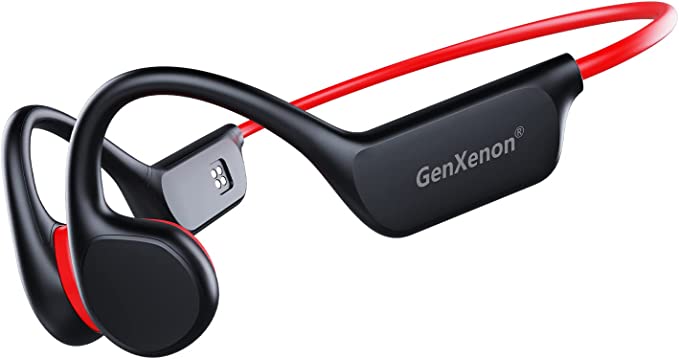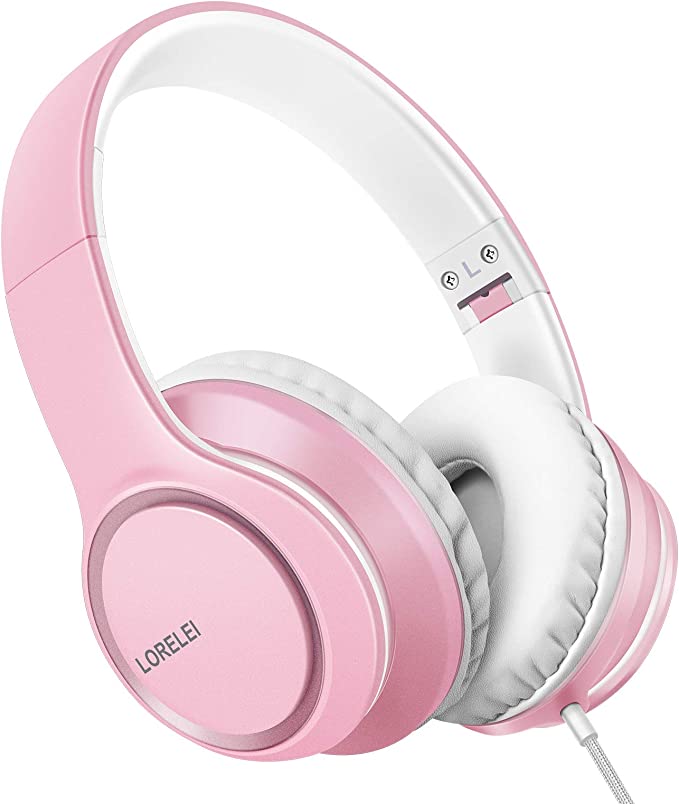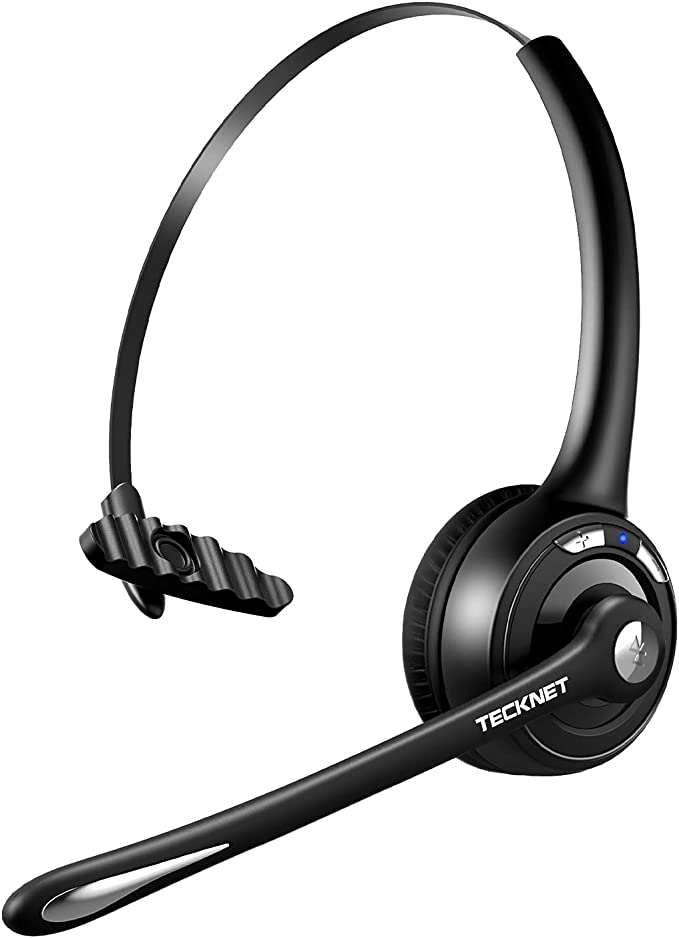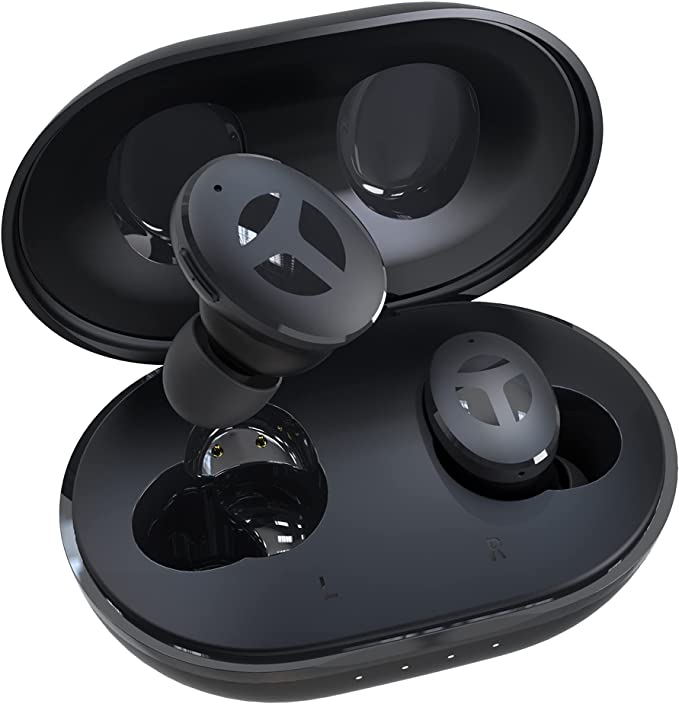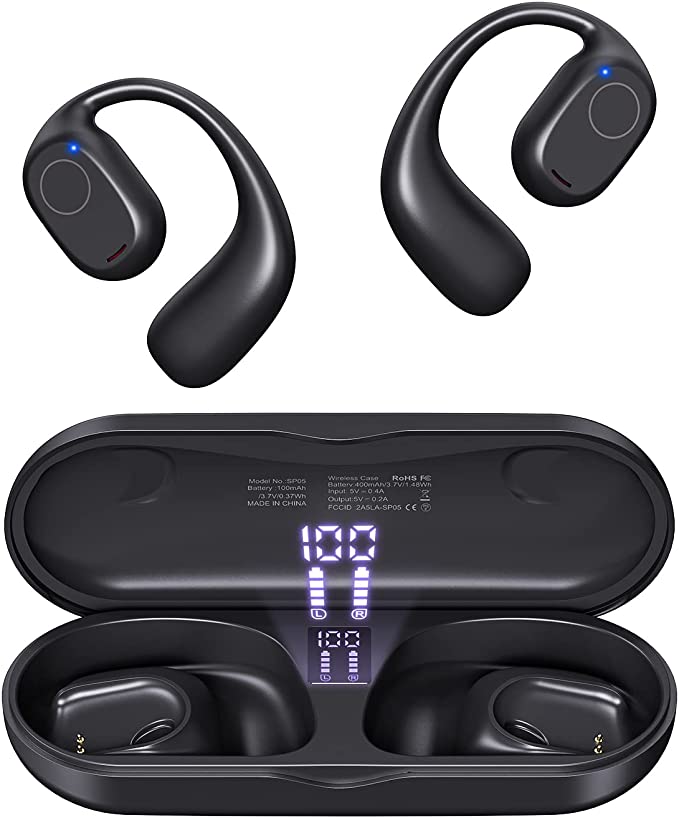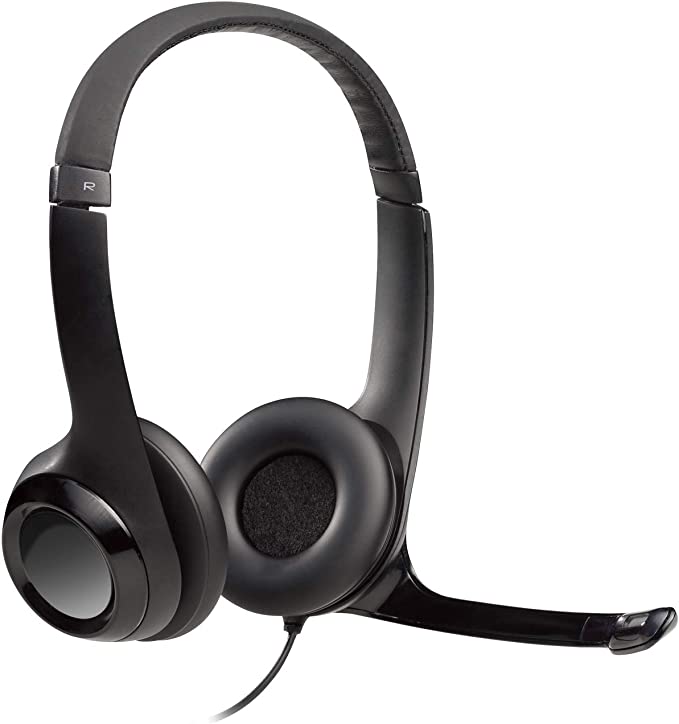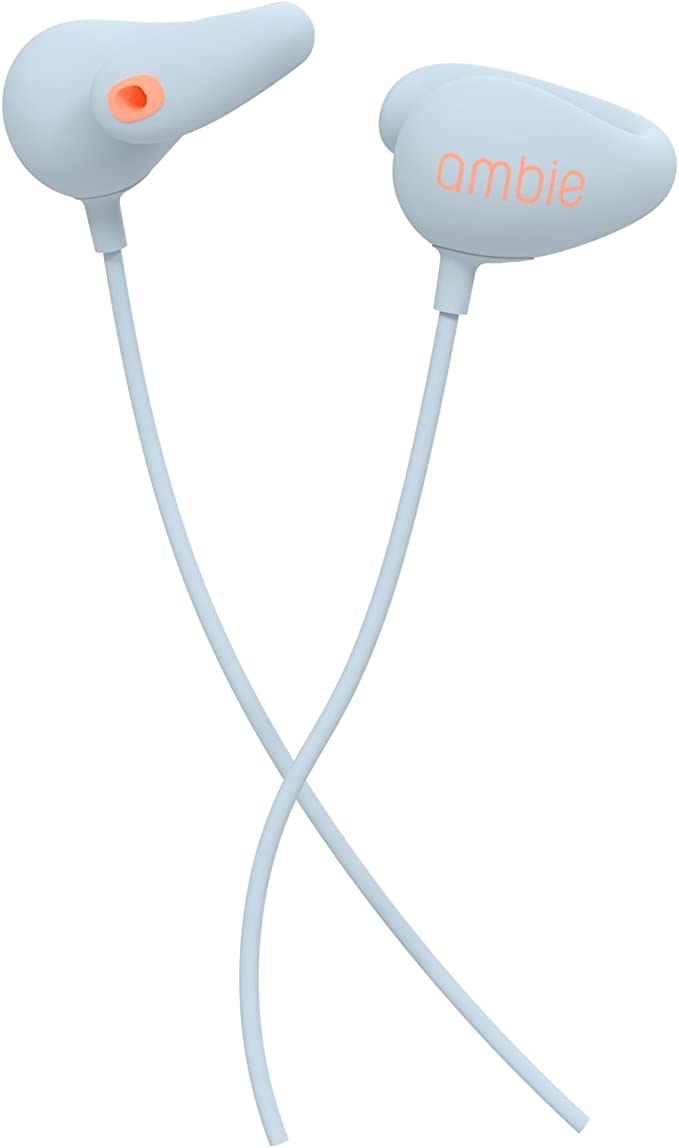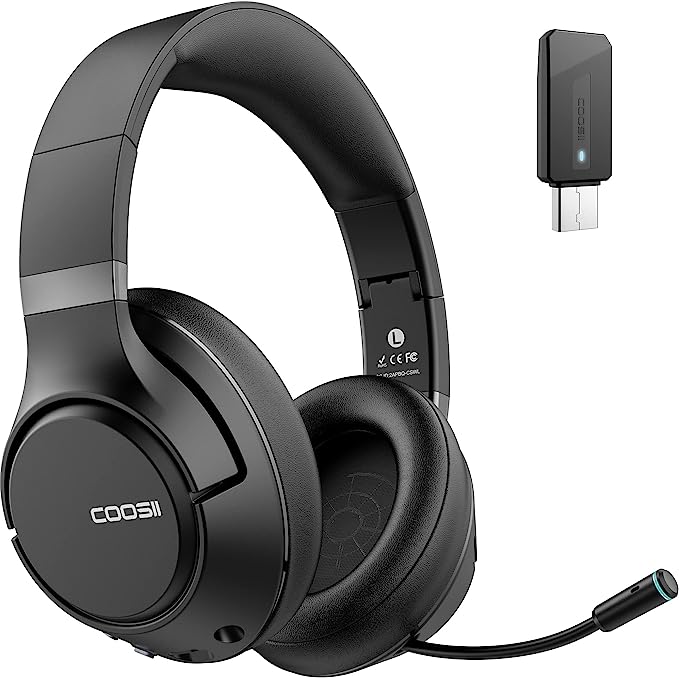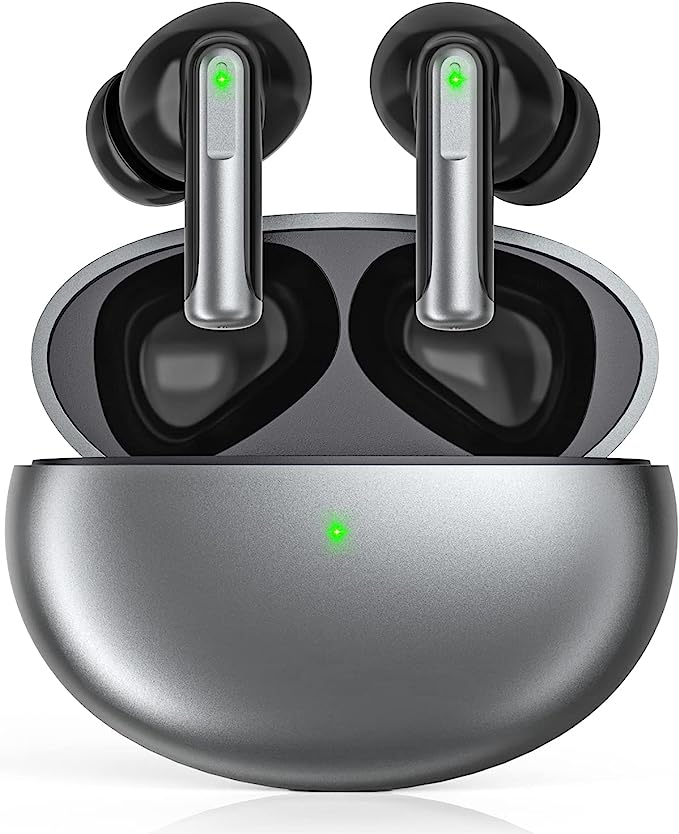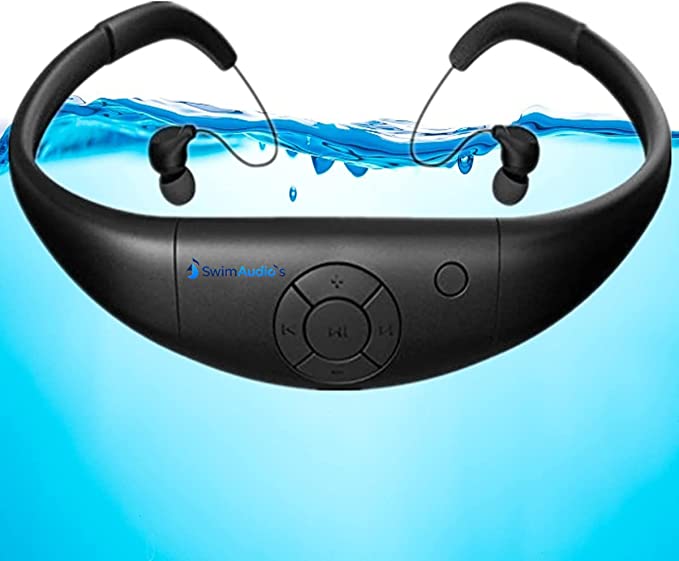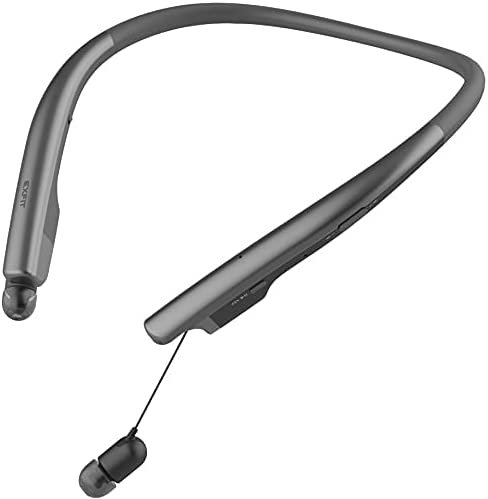ALLWAY PL10 pro Open Ear Headphones - Wireless Bluetooth 5.3 Headset for Sports and Workouts
Update on April 13, 2025, 1:31 p.m.
We live in a world saturated with sound, much of it curated by us, delivered directly into our ears through increasingly sophisticated headphones. We crave the immersive escape of a driving playlist, the focus provided by a podcast during a commute, or the clarity of an important call. Yet, this personal audio bubble, often created by traditional earbuds sealing our ear canals or bulky cups encasing our ears, comes at a cost. We disconnect, sometimes dangerously so, from the immediate world around us – the approaching car horn, the colleague calling our name, the simple, vital sounds of our environment. It’s a modern paradox: how do we stay connected to our digital audio streams without becoming isolated from physical reality? What if there was a way to bridge this gap, to hear both your world and your music, simultaneously? This is the challenge addressed by the growing category of open-ear headphones, and the ALLWAY PL10 pro represents one approach within this intriguing field.

Opening Up Your Ears: More Than Just a Design Choice
The core idea behind open-ear headphones is elegantly simple: leave the ear canal unobstructed. Unlike traditional earbuds that plug directly into the canal or over-ear models that create a seal around the entire ear, open-ear designs typically rest on or near the outer ear structure. The ALLWAY PL10 pro, described with an “On Ear” form factor utilizing an “Open Ears Design,” falls into this category.
Crucially, this isn’t just about physical comfort, though avoiding the plugged-up, sometimes pressurized feeling of in-ear buds is a significant benefit for many users, especially during long wear sessions. The fundamental advantage lies in situational awareness. Because your ear canal remains open, ambient sounds – traffic, conversations, nature, warning signals – can enter naturally, just as they would if you weren’t wearing headphones at all.
It’s important to distinguish this from another technology sometimes conflated with it: bone conduction. Bone conduction headphones bypass the eardrum entirely, transmitting sound vibrations through the bones of the skull directly to the inner ear. The ALLWAY PL10 pro, however, uses air conduction, the same mechanism as most traditional headphones. It generates sound waves in the air which are then directed towards your ear canal, mixing with the ambient sounds already present. Your brain then processes both streams of auditory information. This deliberate design choice allows you to remain perceptually grounded in your surroundings, a feature that transitions from a mere convenience to a critical safety element in many contexts.

Spotlight on Sound: The Directional Audio Promise
A key challenge inherent to open-ear designs is controlling the sound. If the audio simply radiates outwards from a speaker near your ear, two problems arise: sound leakage (others nearby can hear your audio) and a potentially diffuse, less impactful listening experience for you. This is where technologies aiming for directional sound come into play. ALLWAY states the PL10 pro features “Directional Sound Transmission Technology,” designed for “accurate sound waves” and a more “private listening experience.”
Think of it like the difference between a floodlight and a spotlight. A traditional open speaker might act like a floodlight, casting sound in a wide, unfocused pattern. Directional audio technology, in concept, aims to function more like a spotlight, focusing the sound waves into a narrower beam aimed directly at the user’s ear canal. The physics behind achieving this (general science concept) can involve sophisticated techniques like using arrays of tiny speakers creating constructive and destructive interference patterns, or employing acoustic lenses to shape the sound wavefront.
The goal is twofold: minimize the sound energy escaping into the environment (enhancing privacy and reducing disturbance to others) and maximize the sound energy reaching the intended listener’s eardrum (improving clarity and perceived loudness). While the specific methods used in the PL10 pro aren’t detailed in the provided information, the manufacturer’s claim points towards an effort to mitigate the common open-ear drawbacks of sound leakage and lack of focus. It’s an attempt to deliver audio that feels more personal, even without sealing the ear. However, it’s realistic to expect that achieving perfect privacy with an open-ear design remains a significant acoustic challenge, especially at higher volumes.

Breathing Room for Sound: The Open Design & the 16mm Engine
At the heart of any headphone lies the driver – the miniature speaker responsible for converting electrical signals into audible sound waves. The ALLWAY PL10 pro boasts what it calls a “16mm Super Large Sound Unit.” In the world of compact personal audio, a 16mm dynamic driver is indeed relatively large, especially for a non-enclosed, on-ear design.
Why does driver size matter? Generally (acoustic principle), a larger diaphragm (the vibrating surface of the driver) has the potential to move more air. This is particularly advantageous for reproducing low frequencies (bass), which require significant air displacement to be perceived strongly. A larger driver might also be capable of reaching higher volumes with less distortion compared to a smaller one working at its limits.
However, placing a large driver in an open-ear design presents unique acoustic hurdles. Unlike closed-back headphones that use the sealed enclosure to trap and reinforce bass frequencies, an open design allows low-frequency sound waves to dissipate more easily into the surrounding environment. It’s somewhat analogous to trying to get deep bass from a speaker sitting freely in a room versus one mounted in a well-designed cabinet. Achieving impactful bass and a full-bodied sound signature without the benefit of a sealed volume is a core challenge for open-ear audio engineers.

ALLWAY mentions this 16mm unit is complemented by “patented low-frequency enhancement technology” and optimization from the “Allway acoustic laboratory.” While these are manufacturer claims without specific details provided, they suggest an awareness of this challenge and an attempt to compensate electronically or acoustically for the inherent low-frequency roll-off of the open design. The goal, as stated, is an “immersive and superior low-mid-high frequency” experience – a tall order for any open-ear headphone, aiming to balance the airy openness with satisfying audio fidelity across the spectrum.
The Unseen Connection: Why Bluetooth 5.3 Matters
Seamless wireless connectivity is the standard expectation today, and the ALLWAY PL10 pro utilizes Bluetooth 5.3. While incremental version bumps might seem minor, they often bring tangible benefits. Bluetooth 5.3 builds upon its predecessors, focusing on improving efficiency, stability, and introducing support for new capabilities (general Bluetooth standard knowledge).
What does this mean for the user? * Stability: Compared to older versions like Bluetooth 4.x or even 5.0, Bluetooth 5.3 generally offers more robust and stable connections. This translates to fewer annoying audio dropouts or stutters, especially in environments with lots of wireless interference (like busy gyms or city streets). For a device focused on awareness during activities like cycling or running, a stable audio stream is crucial. * Efficiency: Bluetooth 5.3 incorporates features designed to reduce power consumption. While actual battery life depends heavily on the specific implementation, driver size, and usage patterns (and battery life isn’t specified for the PL10 pro), the underlying technology is more power-frugal, potentially contributing to longer listening times between charges compared to older Bluetooth versions. * Future-Proofing (Potential): Bluetooth 5.3 includes foundational support for LE Audio, the next generation of Bluetooth audio. While support isn’t guaranteed without manufacturer implementation, having BT 5.3 potentially opens the door for future benefits like Auracast™ broadcast audio or improved audio quality and latency via the LC3 codec, should the device and source support them.
In essence, incorporating Bluetooth 5.3 provides a modern, reliable wireless foundation for the PL10 pro, ensuring the connection itself is less likely to be a point of frustration.
Built for Movement: Ergonomics and Sweat Resistance
Headphones intended for active use face demanding requirements. They need to stay securely in place during vigorous movement and withstand the corrosive effects of sweat. ALLWAY addresses this with a “Secure-fit Ergonomic Design” and by describing the PL10 pro as a “Sweat Resistant Headset.”
The science of ergonomics in headphone design involves carefully shaping the device to conform to the complex geometry of the human ear and head. For an on-ear, open design, this likely involves optimizing the shape of the ear hooks or bands, the points of contact, and the weight distribution to ensure the headphones remain stable without exerting uncomfortable pressure during activities like jogging, cycling, or gym workouts. A secure fit is paramount; headphones constantly slipping or needing readjustment quickly become an annoyance and distraction.
Sweat resistance is equally critical for sports headphones. Sweat is salty and corrosive, posing a threat to sensitive electronic components. Designing for sweat resistance involves using appropriate materials (plastics, silicones resistant to degradation) and employing sealing techniques to protect the internal circuitry from moisture ingress. While the provided information doesn’t specify an official IP (Ingress Protection) rating (e.g., IPX4, a common rating for sweat resistance - general knowledge), the claim of sweat resistance indicates the PL10 pro is intended to handle the rigors of exercise without succumbing to moisture damage.
Where Worlds Collide: The Experience in Real Life
Let’s translate these technical features into tangible experiences for a potential North American user:
- The Urban Cyclist (e.g., navigating Seattle’s streets): The Open-Ear design is paramount, allowing them to hear approaching cars, bus horns, and other cyclists. Bluetooth 5.3 ensures their navigation prompts or music stream remain stable. The Secure-fit design keeps the headphones in place over bumps, and sweat resistance handles the exertion. The directional audio aims to keep their audio relatively contained, though awareness remains the priority.
- The Trail Runner (e.g., exploring trails outside Denver): They can enjoy a podcast while still hearing birdsong, the crunch of leaves underfoot, or warnings from fellow trail users or wildlife. The comfort of the open-ear design prevents ear fatigue on longer runs, and sweat resistance is essential.
- The Commuting Driver (e.g., on a California freeway): Taking hands-free calls or listening to directions is possible while maintaining crucial auditory awareness of sirens, engine sounds, and the general traffic environment. The open design helps comply with regulations in many areas that restrict covering both ears while driving.
- The Aware Office Worker or Parent (e.g., working from a home office in Chicago): They can listen to background music or participate in video calls without completely tuning out a colleague asking a question across the room, the doorbell ringing, or a child needing attention. The claimed directional audio helps minimize disturbance to others in a shared space.
In each scenario, the ALLWAY PL10 pro’s feature set converges on the core promise: integrating personal audio into life without creating complete sensory isolation.
Conclusion: The Art of the Audio Balance
The ALLWAY PL10 pro Open Ear Headphones represent a specific technological approach to resolving the tension between personal audio enjoyment and real-world awareness. By combining an Open-Ear, air-conduction design for situational perception and comfort, incorporating claimed Directional Sound Transmission technology to enhance focus and privacy, leveraging the stability and efficiency of Bluetooth 5.3, employing a large 16mm driver with stated optimizations for sound potential, and wrapping it all in an ergonomic, sweat-resistant form factor for active use, ALLWAY offers a solution tailored for specific needs.
It’s crucial, however, to approach such devices with realistic expectations. Open-ear designs inherently involve trade-offs. While they excel at keeping you connected to your surroundings, they typically won’t offer the deep bass immersion or noise isolation of high-quality closed-back or in-ear headphones. The effectiveness of directional audio in controlling leakage varies significantly. Furthermore, critical specifications like battery life and a precise IP rating for water/sweat resistance remain undefined based on the available information, making a complete value assessment difficult.
Ultimately, the ALLWAY PL10 pro appears designed for those who prioritize safety, comfort, and environmental awareness above absolute audio fidelity or isolation – the cyclist who needs to hear traffic, the runner who wants to stay connected to nature, the office worker who can’t afford to be completely cut off, or anyone simply bothered by the feeling of plugged ears. Understanding the science behind its features allows for a more informed perspective on whether this particular balance of audio integration and worldly connection aligns with your needs and listening priorities. It’s an invitation to hear more – both from your device and from the vibrant, sounding world around you.
[//]:(version:20250412 001)
